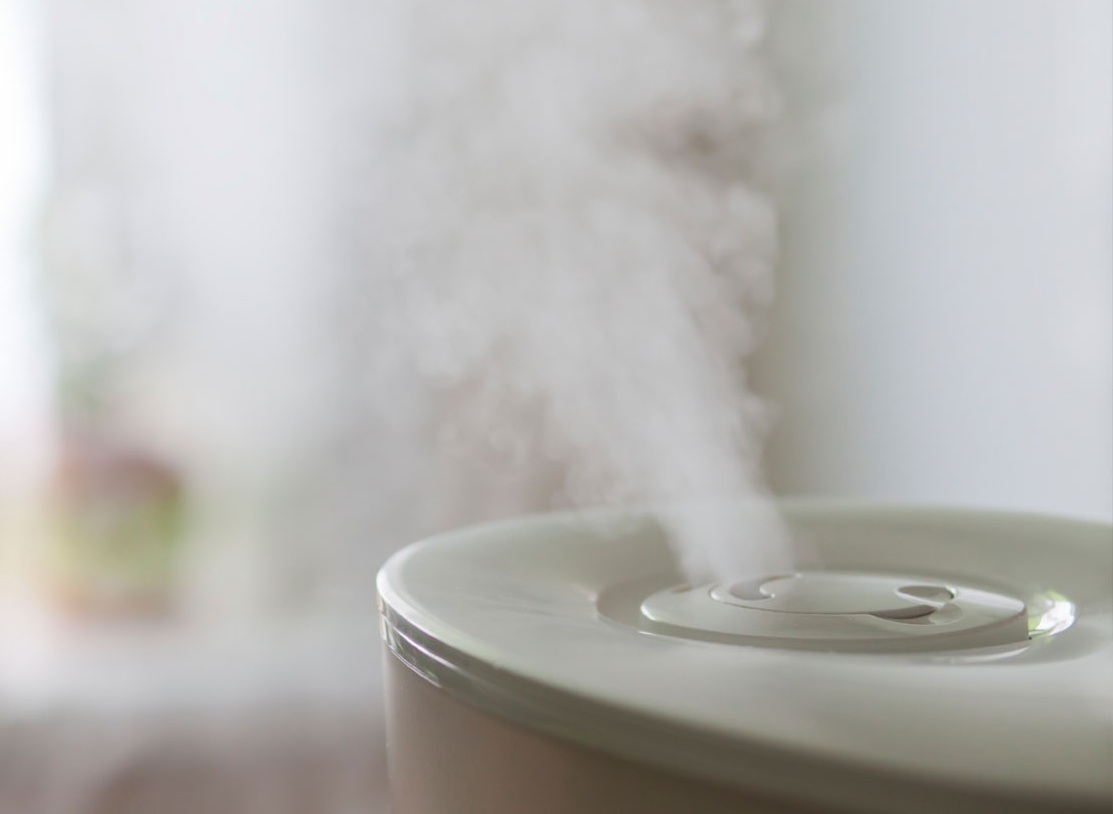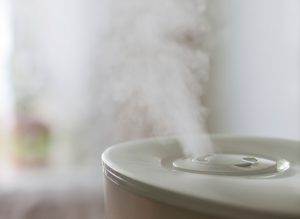
by William Reed
An allergy is a medical condition when your body’s immune system reacts in an unusual manner to substances present in the environment.
Allergic reactions are usually caused by most common substances like pollens, cotton fibers, pet dander, dust mites, etc. but can also result from some foods like peanuts, seafood, shellfish; drugs or medications; season change; some kind of proteins found in natural rubber latex and many other sources which can aggravate your immune system.
There are various medications available for controlling your allergic reactions like steroids, epinephrine and antihistamines but the best and the most recommended way of managing your allergies is to stay away from the allergens and the agents causing the reactions.
Allergens like pollens, dust mites and fibrous substances tend to move quite easily in dry air so the basic advisory that is given by doctors is to control their flow in your surroundings by maintaining a healthy atmosphere with maintained humidity levels.
A relative humidity level between 30% to 50% ensures that the effects of dry air are deeply reduced.
How Does Dry Air Affect Allergies?
Apart from the effects stated above, dry air can also lead to skin infections like rashes , dry and harsh skin, chapped lips, acne, eczema; irritation in the eyes and sinuses; dry throat; inflammation of the mucous membrane in the nasal passage.
This leads to nosebleeds and more importantly respiratory issues further compromising your body to the entry of harmful substances present in the air through your nasal passage.
How to Overcome the Effects of Dry Air?
Humidifiers prove to be of great help when it comes to suppressing the effects of dry air. They are devices which help to humidify and raise the relative humidity levels of the room atmosphere by dispersing cool or warm mists at specific periods of time.
They come in different types and sizes and can be used for humidification of a single room or an entire house by connecting it to the central heating, ventilation and cooling system
How Are Humidifiers Good for Allergies?
By humidifying the dry air and increasing the relative humidity levels, humidifiers actually make the allergens like pollens heavier leading them to settle down, eventually restricting the flow of allergy causing agents in your surroundings.
When the allergens would not come in contact with your body, your immune system would not react aggressively and you would not have to encounter the traumatic experience of allergic reactions.
A humidifier therapy can definitely help a lot with your allergies. But if you fail to maintain the relative humidity levels of your room then it may lead to growth of mold and dust mite allergens leading to issues like watery eyes, runny nose, etc.
So in order to help you with using humidifiers for allergies effectively, we have collaborated certain tips that should be considered while using a humidifier:
1. Replace You Tank Water Frequently
Humidifiers use a water tank whose water is actually used by the wick filter to disperse the mist and humidify the surroundings.
You should make sure that the water in the tank is replaced on a daily basis to avoid the growth of micro-organisms in the water.
2. Choose the Right Type of Humidifier
Humidifiers come in various variants based on the size and the type of mist. There are warm mist humidifiers like Steam Vaporizer; cool mist humidifiers like Impeller, Ultrasonic and Evaporative and humidifiers with a combination of both.
As per your requirement and room size, you should choose the right type of humidifier to attain all of its benefits.
3. Use Filtered/Distilled Water
Humidifiers use the water you fill in the tank to spray the mist in your surroundings so you should always make sure to fill up the tank with distilled water so that the chances of micro-organisms from tap water, spreading into the atmosphere could be completely avoided.
4. Clean the Humidifier Tank
The humidifier tank certainly needs maintenance from time to time and hence should be cleaned properly to remove the bacteria and mold that might have got created in it over time.
Keeping it sterilized and decontaminated can greatly help in achieving all the benefits of using a humidifier.
5. Maintain the Relative Humidity Levels
The ideal range of relative humidity levels in indoors range from 30% to 50%. So you should make sure to either use a Hygrometer separately or use a humidifier with a hygrometer like feature to control and maintain the relative humidity levels within the ideal range.
6. Proper Placement of Humidifier
A humidifier should always be placed on a flat and firm surface at a distance of at least 5 inches from the walls of the room and it’s vents should remain free of any obstruction.
(William is an enthusiastic blogger with around 10 years of blogging experience. He set up the website Make Home Healthy to assist his readers with cleaning related issues and suggest them effective approaches to keep their home clean and tidy.)





